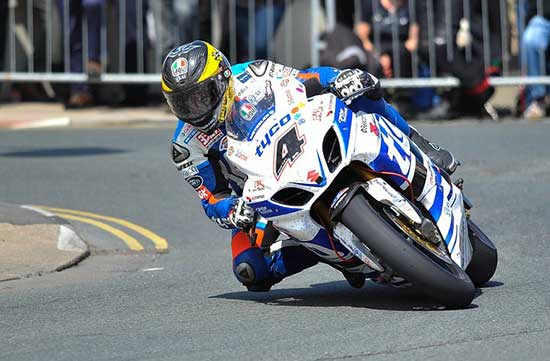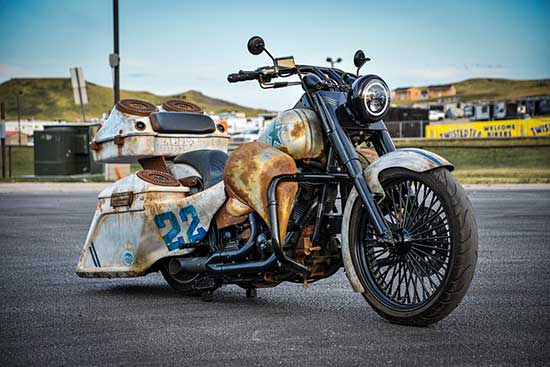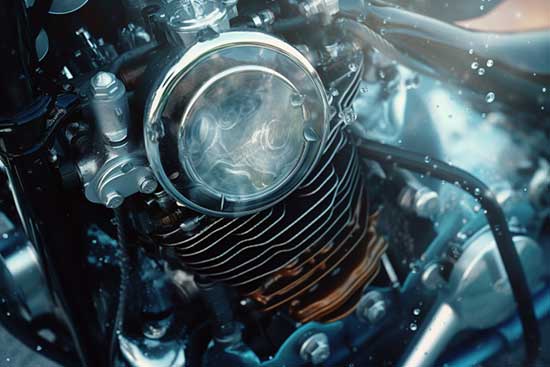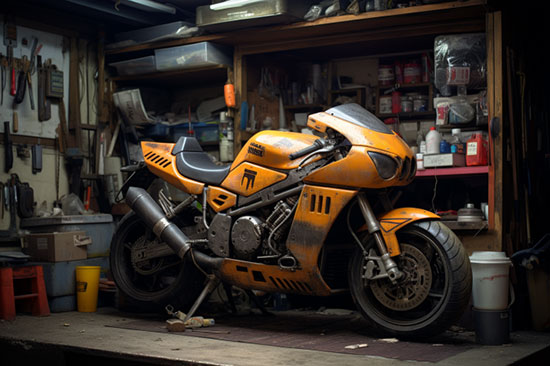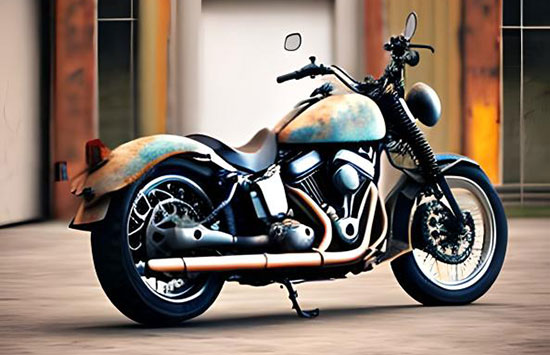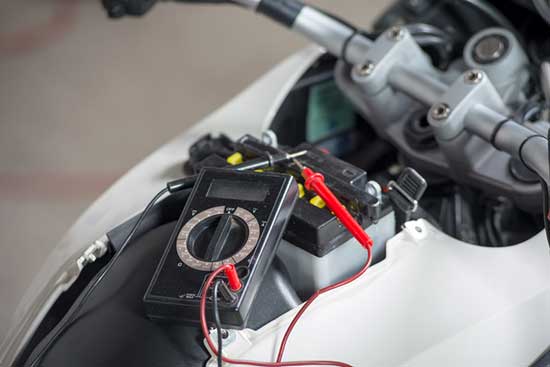Choosing the right clutch for your motorcycle can be a critical decision that affects your riding experience.
Slipper clutches and wet clutches are two popular types, each with its own set of advantages and disadvantages.
Contents
What is a Slipper Clutch?
How it works
A slipper clutch is a type of motorcycle clutch that’s designed to prevent the rear wheel from locking up during aggressive downshifts.
It does this by using a ramp mechanism that allows the clutch plates to partially disengage when the engine’s back torque exceeds a certain threshold. This effectively reduces the engine braking effect and helps maintain stability during aggressive downshifting.
Advantages
- Smooth downshifts: Slipper clutches make aggressive downshifts smoother and prevent rear wheel lockup, which can be especially helpful during high-speed cornering.
- Reduced wheel hop: They also reduce the likelihood of wheel hop, resulting in better stability and control.
- Enhanced performance: Slipper clutches can improve overall performance, especially for track-oriented motorcycles.
Disadvantages
- Complexity: Slipper clutches are more complex than traditional clutches, which can make them more challenging to maintain.
- Cost: They tend to be more expensive than conventional clutches, both in terms of initial purchase and potential maintenance costs.
What is a Wet Clutch?
How it works
A wet clutch is a type of motorcycle clutch that operates in an oil bath, which keeps the clutch plates lubricated and cool. Wet clutches use multiple friction plates that are sandwiched between steel drive plates. When the clutch lever is released, the pressure plate squeezes the friction plates against the drive plates, creating a connection between the engine and the transmission.
Advantages
- Durability: Wet clutches generally have a longer lifespan due to the constant lubrication and cooling provided by the oil bath.
- Heat dissipation: The oil in a wet clutch helps dissipate heat, making them more suitable for high-performance applications.
- Smooth engagement: Wet clutches tend to have a smoother engagement and more progressive feel compared to dry clutches.
Disadvantages
- Power loss: Wet clutches can experience some power loss due to the friction created by the oil between the clutch plates.
- Maintenance: The oil in a wet clutch needs to be changed regularly, adding to the maintenance requirements.
Comparison: Slipper Clutch vs Wet Clutch
Performance
In terms of performance, slipper clutches are generally better suited for aggressive riding and high-performance applications, particularly on the racetrack.
Their ability to prevent rear-wheel lockup and provide smoother downshifts contributes to better control and stability.
Wet clutches, on the other hand, offer smoother engagement and are more suitable for everyday riding and moderate-performance applications.
Maintenance
Wet clutches require more regular maintenance due to the need to change the oil frequently. However, their design provides better durability and heat dissipation, which can result in a longer lifespan.
Slipper clutches are more complex, which can make them more challenging to maintain. They may also have a shorter lifespan compared to wet clutches, particularly in high-performance applications.
Cost
Slipper clutches tend to be more expensive than wet clutches, both in terms of initial purchase and potential maintenance costs.
Wet clutches are generally more affordable and widely used in motorcycles, making replacement parts and maintenance services more accessible.
Applications
For track-oriented motorcycles or those used in aggressive riding situations, a slipper clutch is often the better choice due to its performance benefits.
Wet clutches, however, are more suited for everyday riding and general-purpose motorcycles, providing a smoother engagement and better durability.
Conclusion
In conclusion, the choice between a slipper clutch and a wet clutch depends on your specific needs and riding preferences.
If you prioritize high performance, aggressive riding, and better control during downshifts, a slipper clutch may be the right option for you.
Conversely, if you’re looking for a smoother engagement, better durability, and lower maintenance costs, a wet clutch may be more suitable.
FAQs
Can I upgrade my motorcycle to a slipper clutch?
Yes, many motorcycles can be upgraded to a slipper clutch, but it’s essential to consult with a professional mechanic and ensure compatibility with your specific model.
Is a slipper clutch suitable for off-road riding?
While a slipper clutch can provide some benefits in off-road riding, particularly in aggressive downshifting situations, wet clutches are often more suitable for off-road applications due to their durability and heat dissipation capabilities.
Do all high-performance motorcycles come with slipper clutches?
Not all high-performance motorcycles come with slipper clutches as standard equipment. However, many modern sportbikes and track-oriented models do include them to enhance performance and control.
How can I tell if my motorcycle has a wet clutch or a slipper clutch?
Consult your motorcycle’s owner’s manual or contact the manufacturer to determine the type of clutch installed on your specific model. In some cases, a visual inspection by a professional mechanic can also help identify the type of clutch.
Do I need to adjust my riding style when switching from a wet clutch to a slipper clutch?
While both types of clutches serve the same basic function, the slipper clutch provides additional benefits during aggressive downshifting. As a result, riders may need to adjust their downshifting technique to take full advantage of the slipper clutch’s capabilities.

